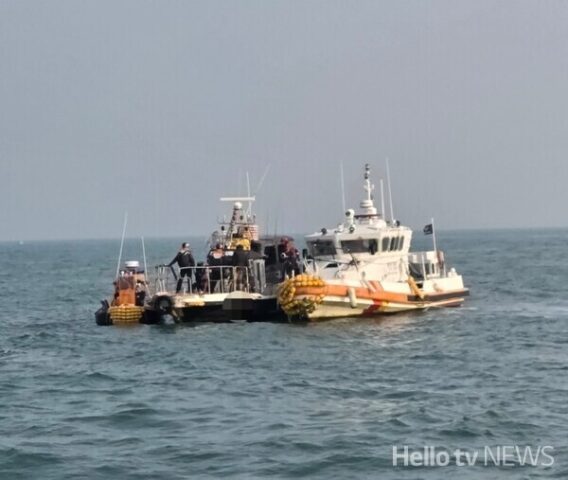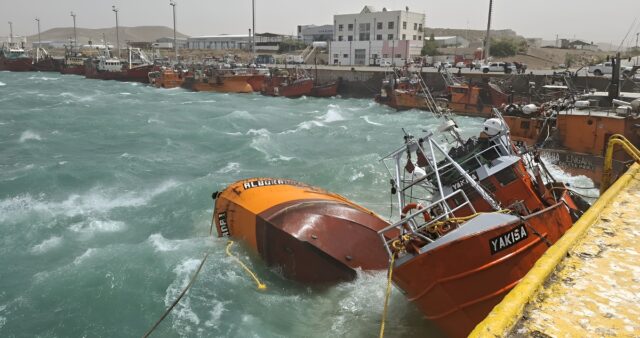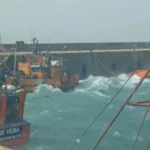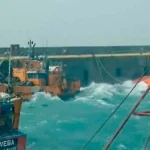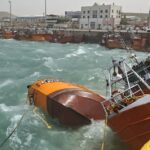NT 90329 TS
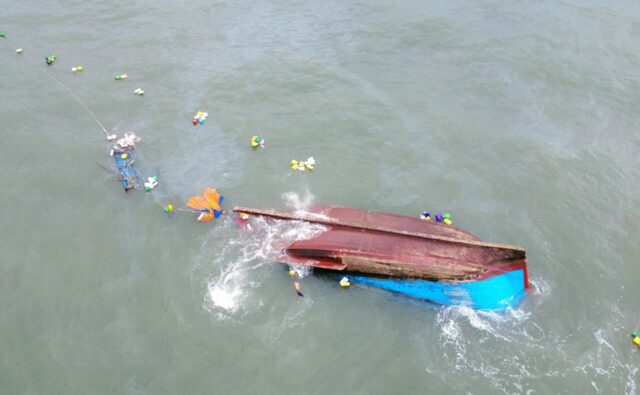
On the night of November 27, the fishing vessel NT 90329 TS capsized in the South China Sea off the coast of Binh Tien, Vietnam. The NT 90329 TS was heading back to port with 5 people onboard in hopes to avoid the approaching storm No. 15. Before the vessel could reach the shore, the NT 90329 TS would capsized and sank some 300 meters from the shore. Two of the crew members were able to swim ashore, but 3 others were initially reported as missing.
Vietnam authorities, assisted by local fishing boats, mobilized a search and rescue for the missing crew. On the afternoon of November 28, authorities recovered the body of one of the missing crew members. Worsening conditions has hampered efforts as the authorities expanded the search area.
